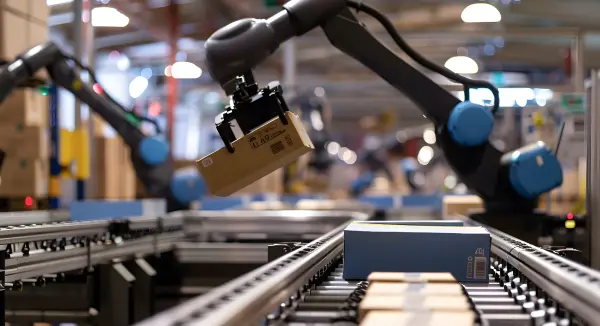
- Innovation
There is a growing discussion about diversity and inclusion in several areas, especially considering that the world, naturally, is diverse and have multiple social groups. But the truth is that this path, within the technological field, has been a reality for a long time, especially for those who depend exclusively on technology to perform basic day-to-day activities. In this sense, Assistive Technology and Inclusive Design are possible paths.
However, talking about these topics leads us, almost automatically, to think about complex resources. Approaching these issues is basically exclusionary thinking, which makes undeniable realities and inequalities of the world invisible.
In the field of education, for example, this subject permeates variable technological possibilities. When speaking about the concept of Assistive Technology*, we are referring to products, resources, methodologies, strategies, practices and services that aim to promote usability related to the activity and participation of people with disabilities, impairment or reduced mobility, aiming at their autonomy, independence, quality of life and social inclusion.
Only from this perspective is it possible to verify a range of opportunities to create and develop products and services for the benefit of people. In Brazil, the results made available by the 2010 Demographic Census carried out by the Brazilian Institute of Geography and Statistics (IBGE) – which sought to identify the visual, hearing, motor and intellectual disabilities of the Brazilian population – indicate that 45.6 million people, a value equivalent to 23.9% of the population, stated to have at least one of these deficiencies.
The expressiveness of the numbers presented by the IBGE (2010) reinforces the need for actions to redress inequality. The anthropologist and university professor, Débora Diniz (2007), establishes that “the challenge is to affirm disability as a lifestyle”, as it is still treated from stigmatizing stereotypes and pointed out as a personal drama instead of being seen as a matter of social equality.
With regard to issues of social equality, the IT area has an important role and can serve as an agent of transformation. Professionals who work in creation and development can be concerned about turning diversity and inclusion into a magnifying glass that directs its attention to the most varied realities of society.
Understanding the paths that are already possible, within technology, and enabling the various forms of accessibility starting from digital transformation, where more and more software and hardware are being designed to facilitate the daily lives of all people, are the first steps to encourage accessible and truly inclusive digital products to be part of the world reality.
Within the field of Design studies, considering the importance of aiming at the inclusion of social diversity, its variations and encompassing capacities, needs and aspirations – without special adaptation or specialized application of products and services – falls into the Inclusive Design perspective (CLARKSON et al, 2007).
This concept applied to the development of products and services “brought awareness about the importance of design for the inclusion of people with disabilities” (BISPO, 2018), in the same way that it can affect changing mentalities and fighting stigmatizing stereotypes. These not only concern people with disabilities, but the entire population that is excluded or segregated by the development of projects that do not aim at reflecting on their existence even before the stage of ideation of a digital product.
It is important to remember the existing resources that make products more intelligent, accessible and inclusive, such as voice recognition technology. This technology allows automation by voice command and facilitates the control of machines and equipment by people with mobility limitations.
Another example is the structuring of forms that have easily identifiable fields and possible interaction for visually impaired or blind users. These forms should also validate the relevance of questioning the user about more personal information, such as gender identity and sexual orientation. The latter, being necessary for the information one wants to obtain, need to contemplate human diversity and make it possible for people to feel comfortable and not be induced to mark options by mere bureaucracy and by binary logics of existence.
In general, all these issues are part of the structuring and development of resources oriented towards diversity and inclusion, and that promote humanization, recognition and emancipation through technological resources, made by people for people. We need to continually evolve them, encouraging teams to question how diverse and inclusive the digital products and services they create are.
*Concept defined by the Technical Assistance Committee (Comitê de Ajudas Técnicas – CAT) of the Brazilian Ministry of Science and Technology (2007).
Bispo, R. J. C. L. (2018). Design contra o estigma (PhD Thesis, Universidade de Aveiro). Available at https://ria.ua.pt/handle/10773/24793
Diniz, D. (2007). O que é deficiência. São Paulo, Brazil: Brasiliense.